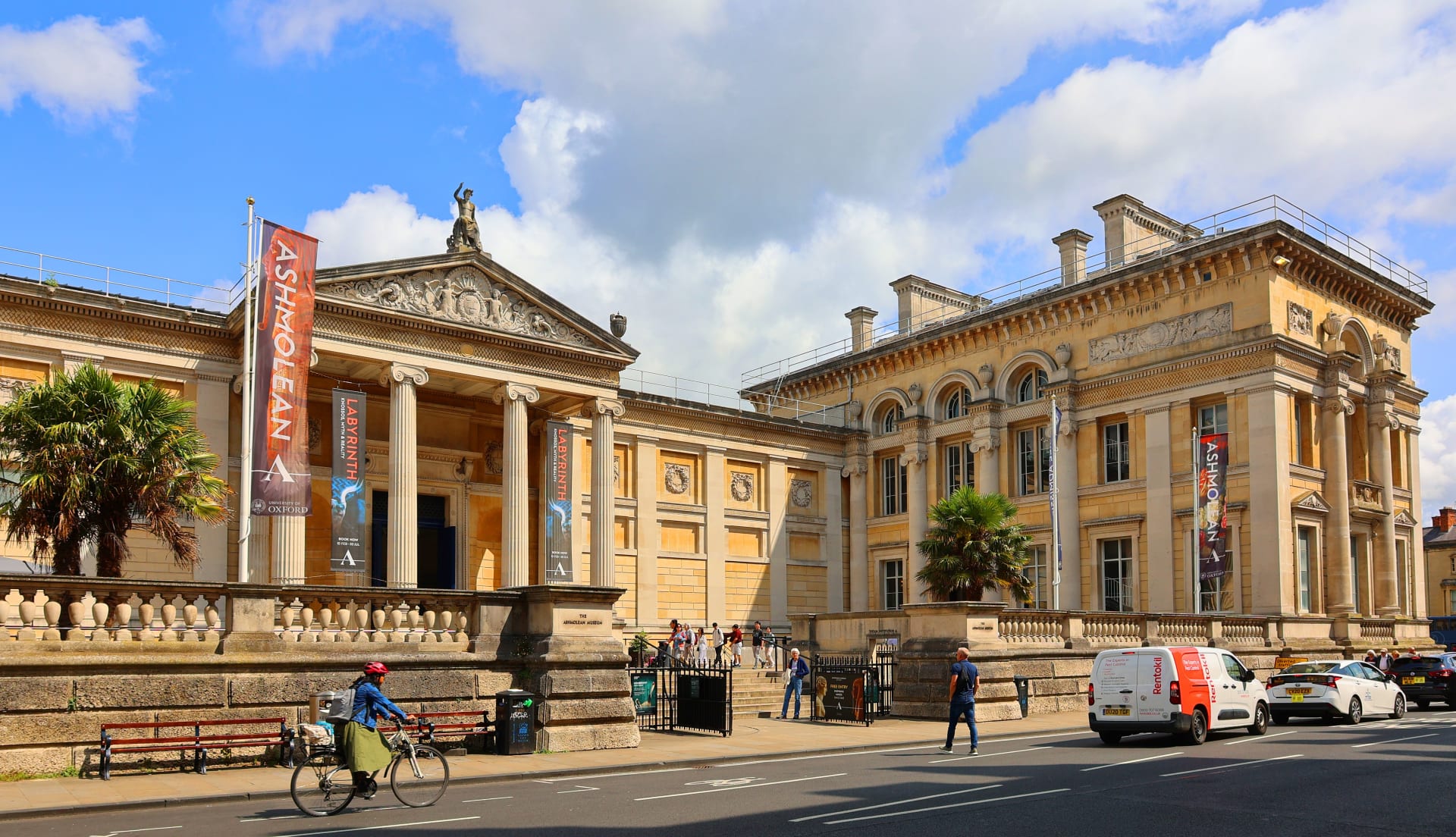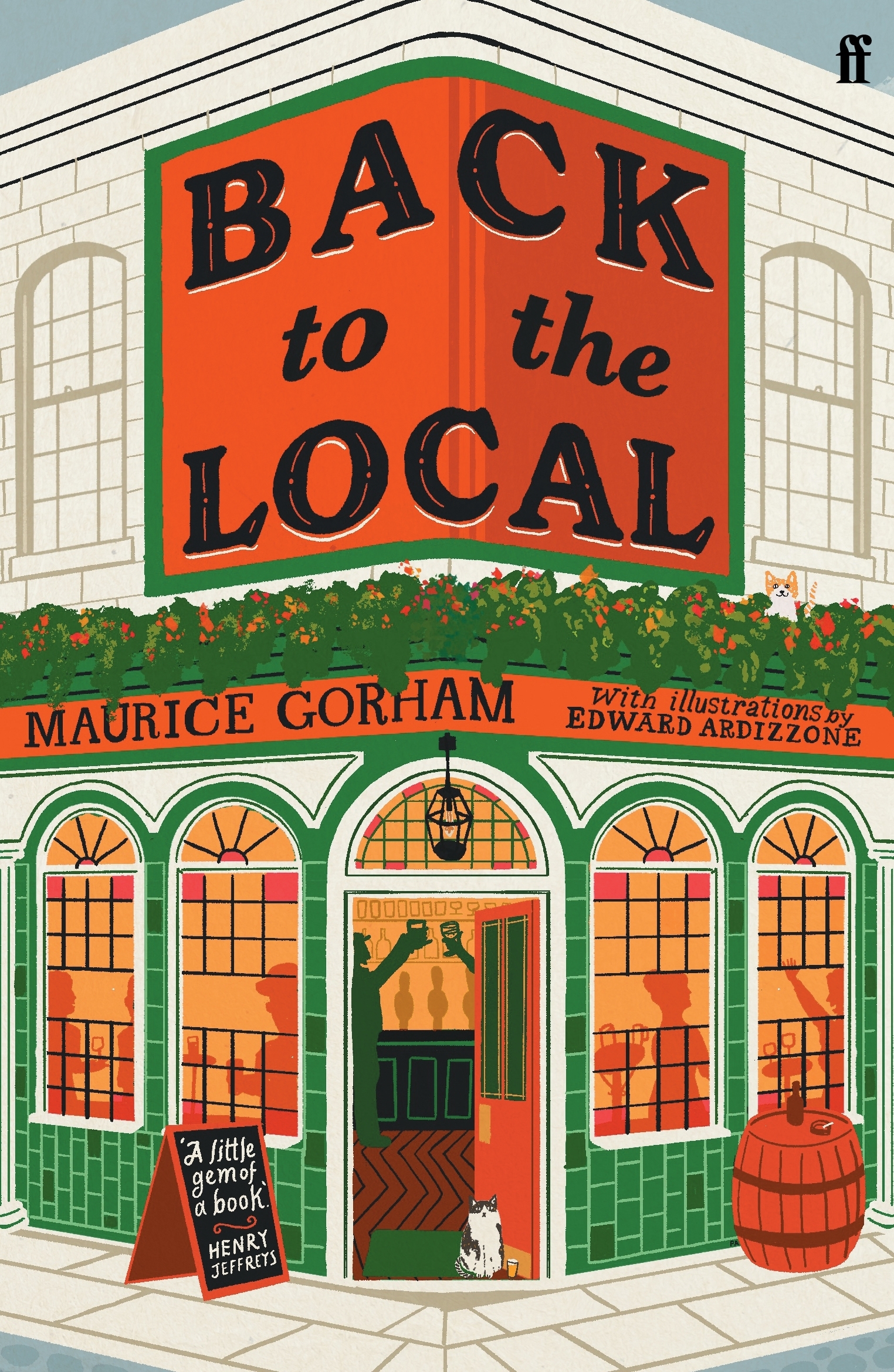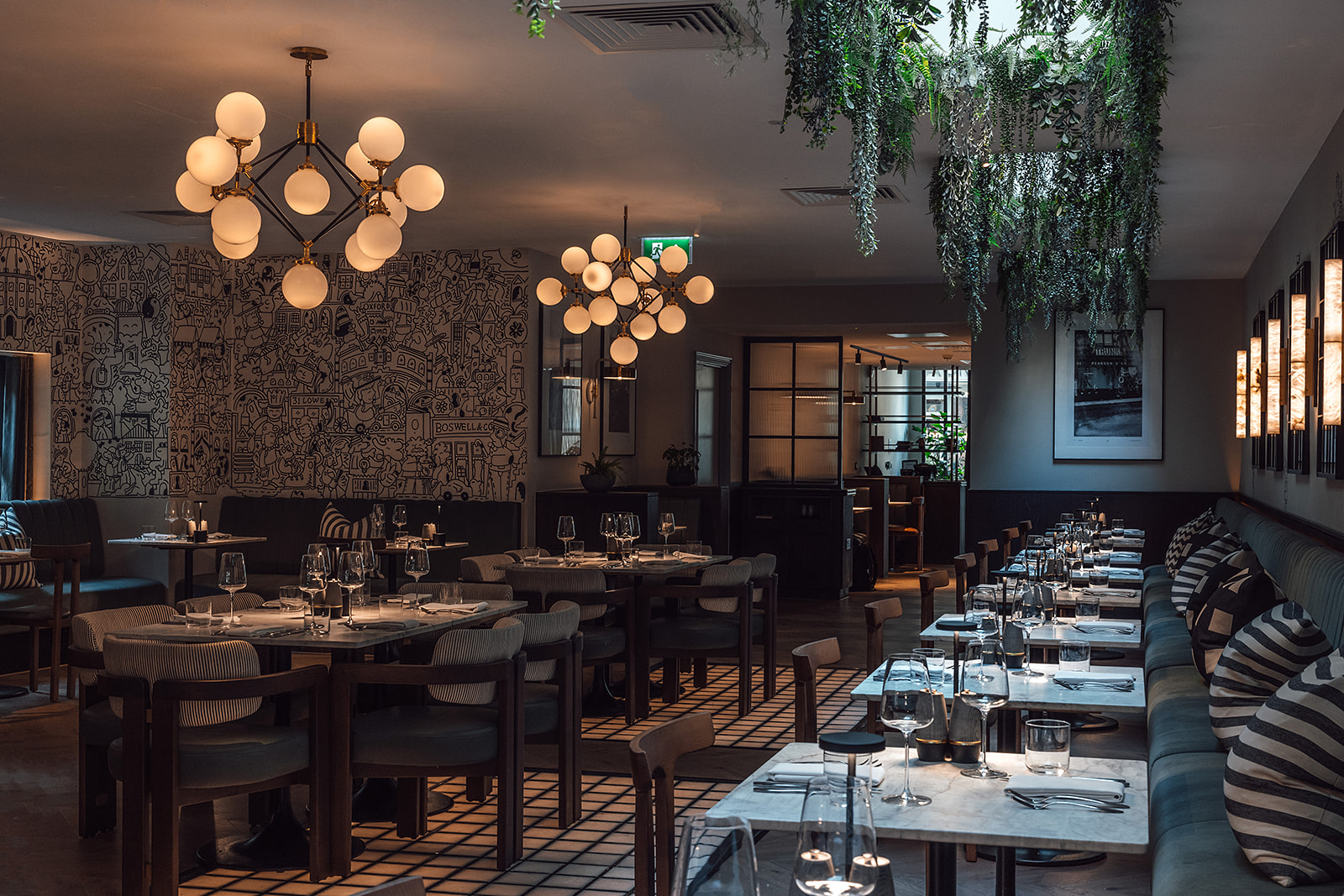This year the National Gallery in London turns 200, and they are celebrating with some very special events including National Treasures, which brings iconic works to museums across the UK.
National Treasures is a nationwide endeavour to ensure that every person in the UK is no more than an hour away from an internationally significant work of art. To this end, the Gallery have selected the nation’s 12 most loved pieces from their collection and loaned them to a range of exhibition spaces across the country. Once in situ, they will be sited at the discretion of the venue.
The Rokeby Venus or The Toilet of Venus (1647), Velásquez’ famous nude, will be at the Walker Art Gallery in Liverpool. She will be hanged alongside acollection by women and non-binary artists, thus challenging the viewer to re-examine the male gaze within which she has existed hitherto.
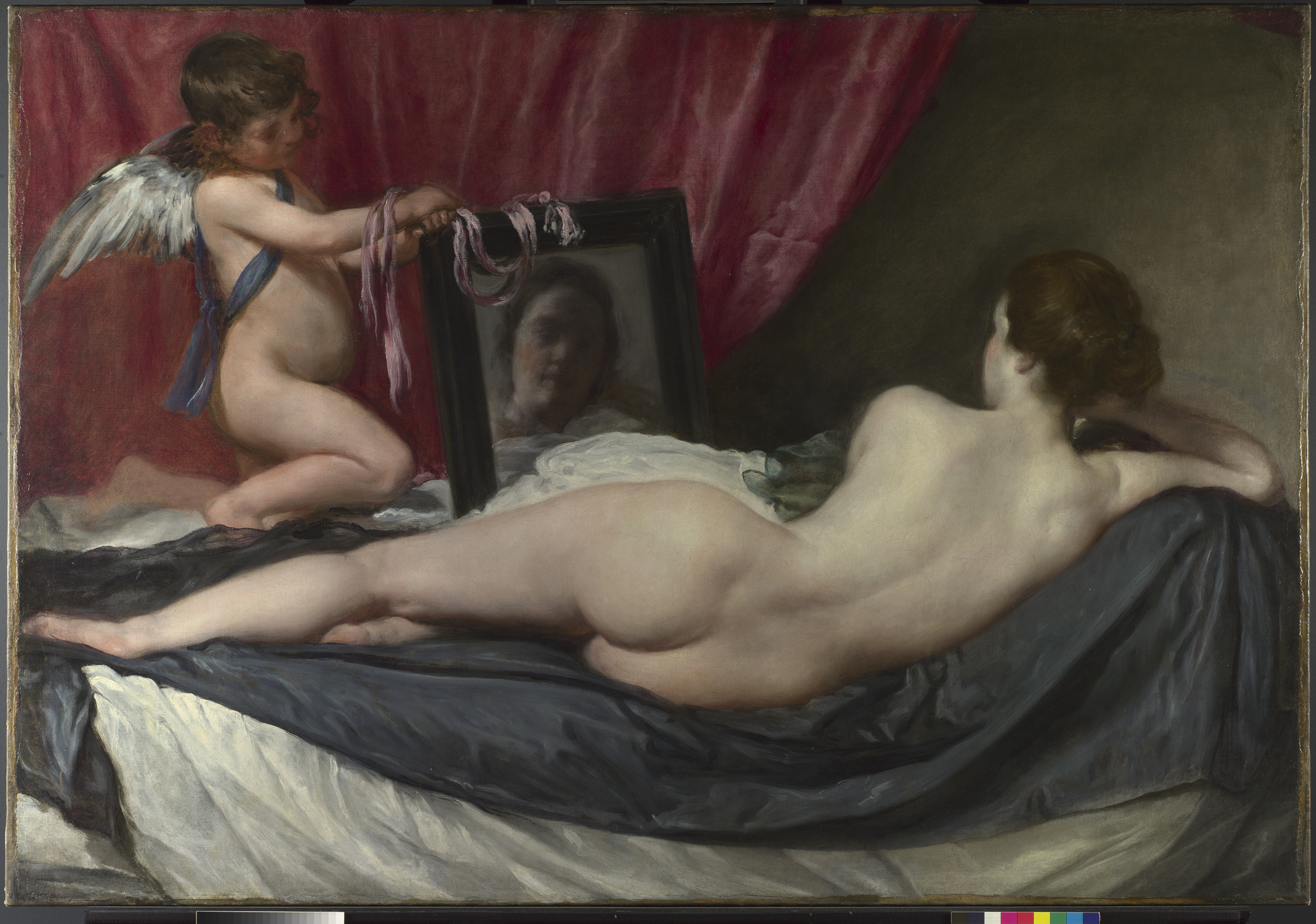
NG2057 - Diego Velázquez (1599 - 1660) - ‘The Rokeby Venus’, 1647 - 51 - Oil on Canvas - 122.5 x 177 cm
© The National Gallery, London.
Artemisia Gentileschi’s Self Portrait as Saint Catherine of Alexandria (1615-1617) can be found at the Ikon in Birmingham where contemporary Irish artist Jessie Jones has created her own work in response. Mirror Martyr Mirror Moon sees Jones exploring the performative relationship of the artist to self-portraiture.
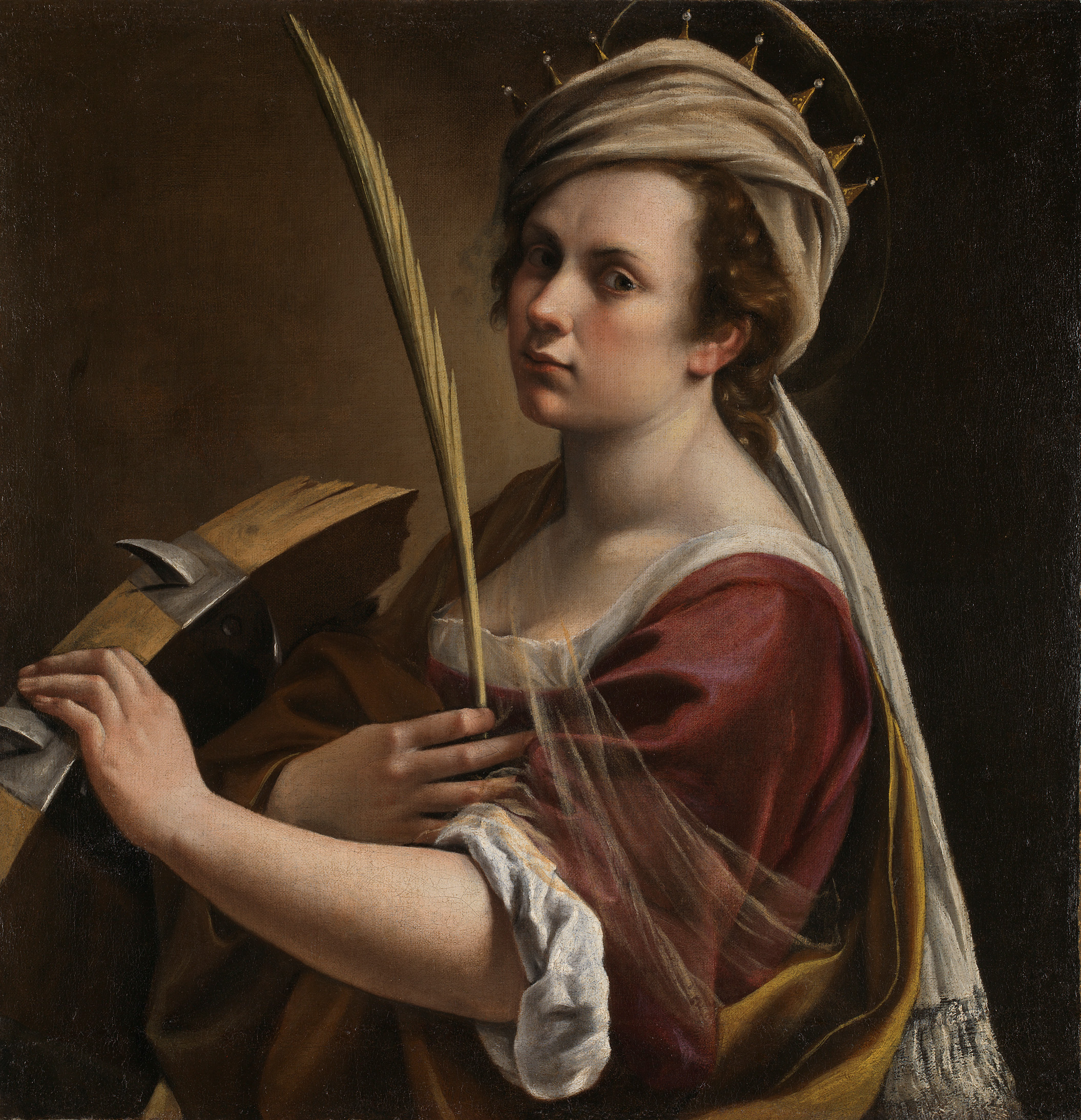
NG6671 - Artemisia Gentileschi (1593 – 1654 or later)
Self Portrait as Saint Catherine of Alexandria, about 1615-17
Oil on Canvas -71.4 x 69 cm
© The National Gallery, London.
Caravaggio’s The Supper at Emmaus (1601) is spending the summer at the Ulster Museum for Caravaggio in Belfast. It has been reunited with another work by the Italian painter on loan from The Jesuit Community of Dublin; The Taking of Christ (1602).
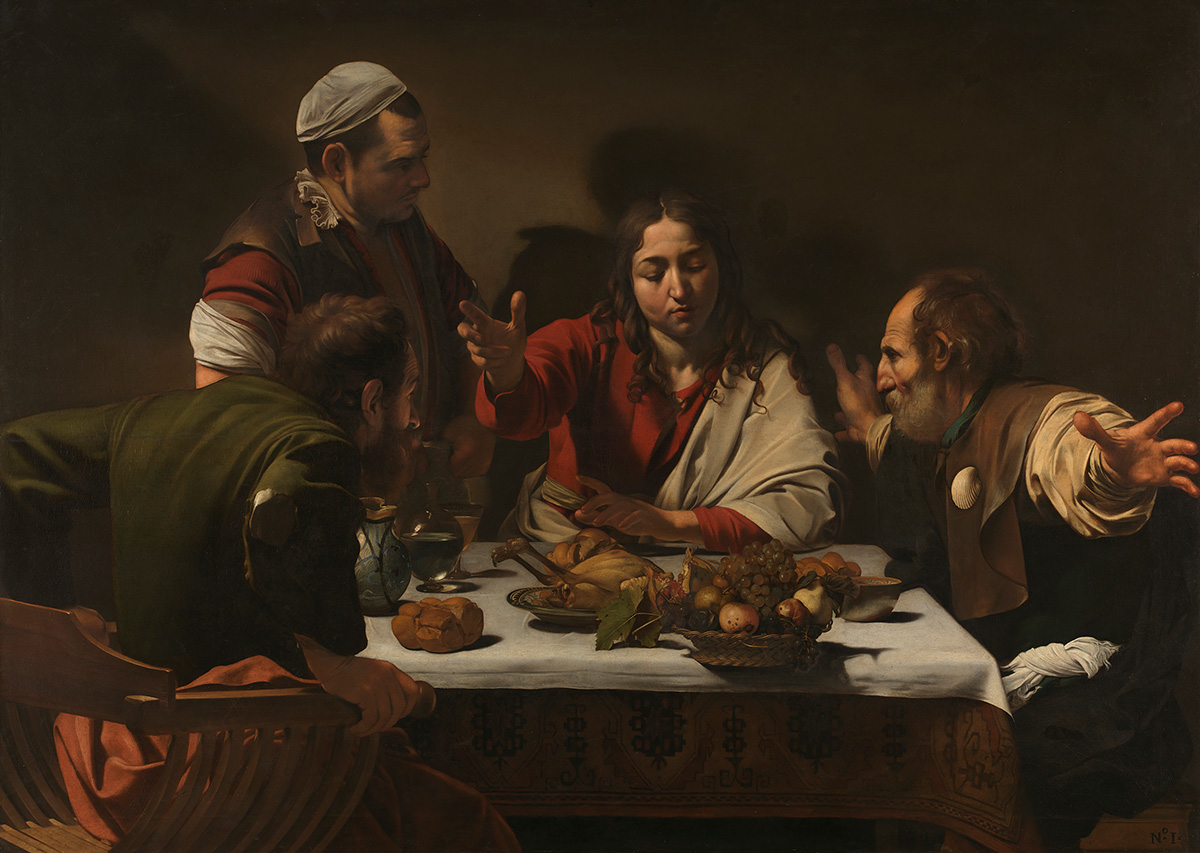
NG172 - Michelangelo Merisi da Caravaggio (1571 – 1610) - The Supper at Emmaus, 1601
Oil and tempera on Canvas - 141 x 196.2 cm
© The National Gallery, London.
And, at the Ashmolean Museum in Oxford you will find The Wilton Diptych (1395-9), the earliest piece in the National Gallery’s collection. The stunning piece will, for the first time, find itself surrounded by contemporaneous treasures in its summer home within the England: 400–1600 gallery. The Wilton Diptych is a small altarpiece made for Richard II. It is one of few painted works to survive the period; its gleaming golden lustre and delicate brushstrokes undimmed by age. There is no charge for visiting the gallery and visitors will be able to see the loaned artwork until 1 September.
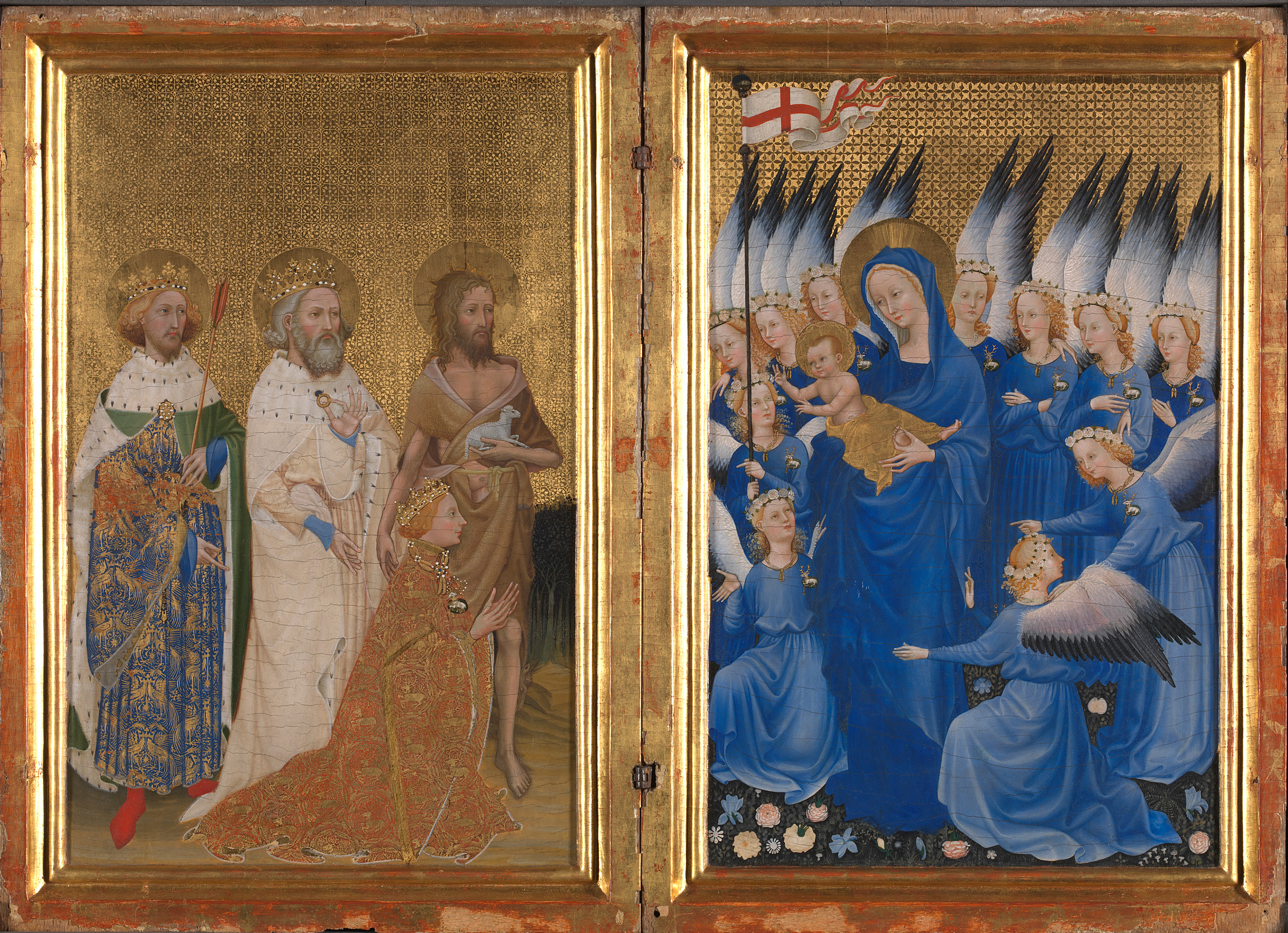
NG4451 - English or French - ‘The Wilton Diptych’, about 1395-9
Egg on oak - 53 x 37 cm
© The National Gallery, London.
For more information about the National Gallery’s National Treasures and other bi-centenary events, visit nationalgallery.org.uk #NG200
